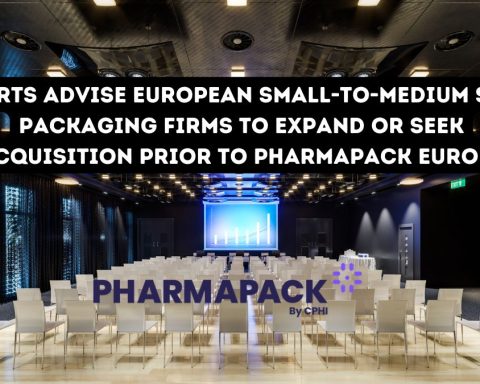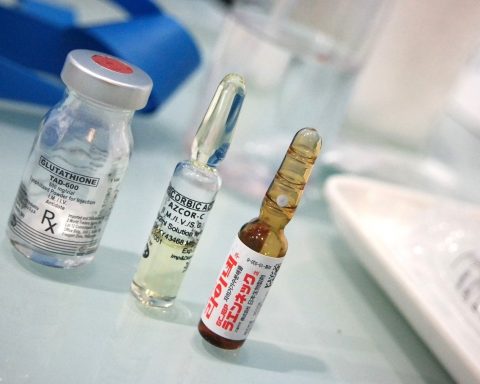With so many data-driven AI-oriented and trending technologies already impacting the face of the logistics and packaging market, the global pharmaceutical industry gets roped in with them all to yield overall better results.
The growth in the global pharmaceutical industry will be driven by safety concerns and the ability of products to fit in the loop of connectivity and communication. Smart labels, QR scanning, brand protection, and identification are some of the aspects that indicate that the smart packaging industry needs to evolve constantly to serve all product-shipping business verticals, including pharmaceuticals.
Active and intelligent packaging accounts for the major share in the smart packaging market, and collectively they deliver efficiency and clarity by involving ground-breaking technologies such as corrosion control packaging, gas scavengers, susceptor packaging, moisture control packaging, thermochromic ink packaging, time-measured indicators, temperature-oriented indicators, NFC components, QR code, RFID ICS, and so on. Recently, many chip manufacturing companies have begun launching smart and ultra-thin ICS that can be easily embedded in all sorts of packaging.
The prime concern in the pharmaceutical industry is patient safety. For this reason, pharmaceutical firms are, more than often, found smeared with typical safety standards, strict regulations, the need to be quality-oriented, and so on. So, adopting smart packaging backed by advanced and trending technologies is a huge plus point for them. As a result, they may grow under the consumer expectations. According to Allied Market Research firm, the global pharmaceutical packaging market is expected to reach $104,882 million by 2022, from $68,749 million in 2015, growing at a CAGR of 6.27% from 2016 to 2022. Many big business sectors, like FMCG, logistics, and automobile have adopted the ways of the smart packaging market to gain an advantage in their niche.
Active & Intelligent Packaging Market Size is Poised for Higher Growth
For the next five years, the active and intelligent packaging market size is likely to grow at 8.2 % CAGR. Owing to product safety and connectivity, pharmaceutical, drug, healthcare, and biopharmaceutical companies are investing a lot in smart packaging solutions. Since temperature and time affect the overall quality of medicines and drugs, the need to have an efficient and smart packaging system is of top priority. This is becoming a major growth driver for the overall pharmaceutical packaging industry.
Active packaging is widely implemented in the FMCG and food and beverage industries. The real purpose behind this packaging is to minimize the waste, and the products should reach the consumers well before they expire. Somehow active packaging is fast, but it lacks that punch of technology in its semblance.
Intelligent packaging is laced with technological advancements and is always under the development cycle. Technologies like artificial intelligence (AI), the Internet of things (IoT), and robotic automation process (RPA) are constantly influencing this type of packaging. Being linked with data-driven technologies, growth opportunities in intelligent packaging are dynamic and potentially high.
NFC: Big Boost for the Pharmaceutical Industry
Before entering pharmaceuticals, near-field communication (NFC) showed lucrative and bearable use cases in retail, automotive, logistics, manufacturing, FMCG, and some other fields. NFC was needed in pharmaceuticals, as the report by the World Health Organization (WHO) shows that even today counterfeit drugs account for 8–15% of all pharmaceutical and drug products retailed globally. The best thing about NFC is that it can be leveraged by smartphone users. Using NFC, consumers can scan for the authentication of products and check their legitimacy, history, validity, and dose instructions before consuming. It is easy to use, as the receiver label does not need a power source to get verified by the NFC method.
PragmatIC Introduces Budget-friendly RFID ICS for Smart Packaging Market
PragmatIC has come up with ConnectIC PR1101 and PR1102 FlexICs for high-frequency RFID and smooth connectivity solutions. These ICs are precisely made for easy embedment into layered materials like paper, plastic, and so on. That’s why they are ultra slim and lithe. Earlier, due to the heavy size of RFIDs, electronic connectivity was limited to high-value and luxe items; however, with these easy-to-embed ICs, the scenario has begun changing. These RFID ICs can be used for mass production of apparel, FMCG, pharmaceuticals, healthcare, and many more. In fact, for all commodities that are in everyday usage.
ConnectIC will efficiently cater to the urgent needs of smart packaging markets. It will help in improving the management of overall inventory, and brand protection, beef up the supply & chain management, and real-time tracking. These ICs can provide solutions to pharmaceutical companies that often have to take control of the temperature-measured supply.
With technology lurking everywhere, almost in every field; things are becoming smarter, faster, more efficient, and more intelligent. The smart packaging market is fueled by trending technologies; thus, it has the power to educate and empower consumers to identify counterfeit products at all stages. After all, the packaging is also a part of the overall consumer experience and safety. And if it’s done smartly, it is in the best interest of consumers.









Thanks! for sharing your great post.